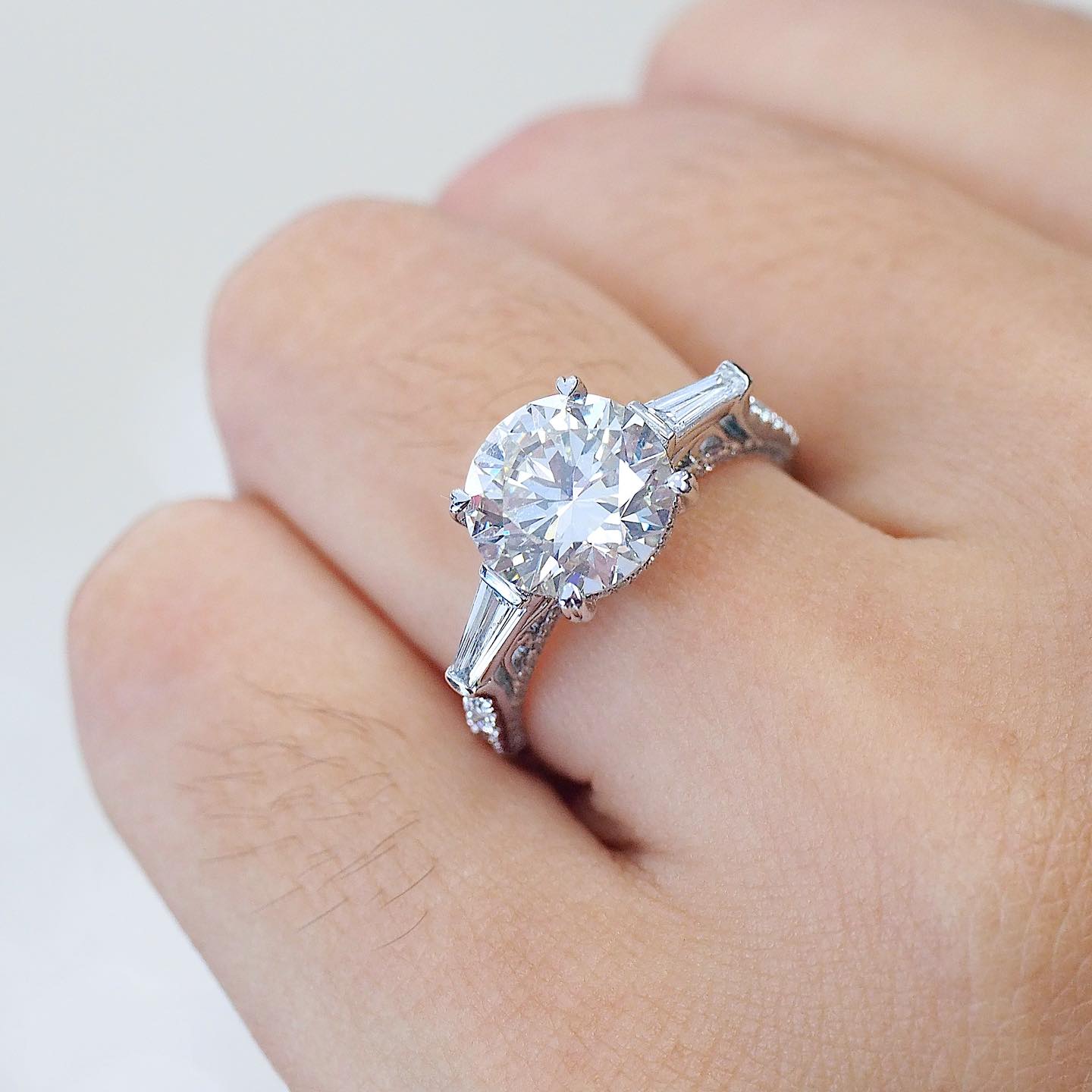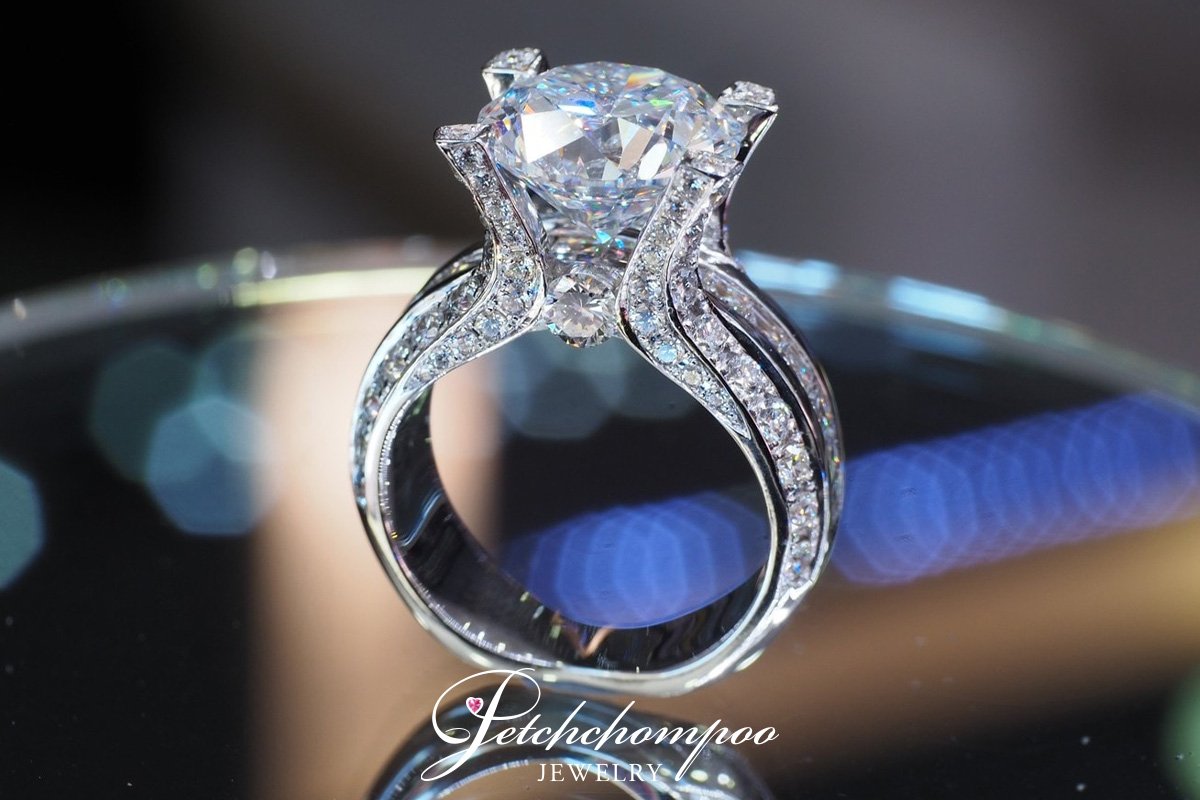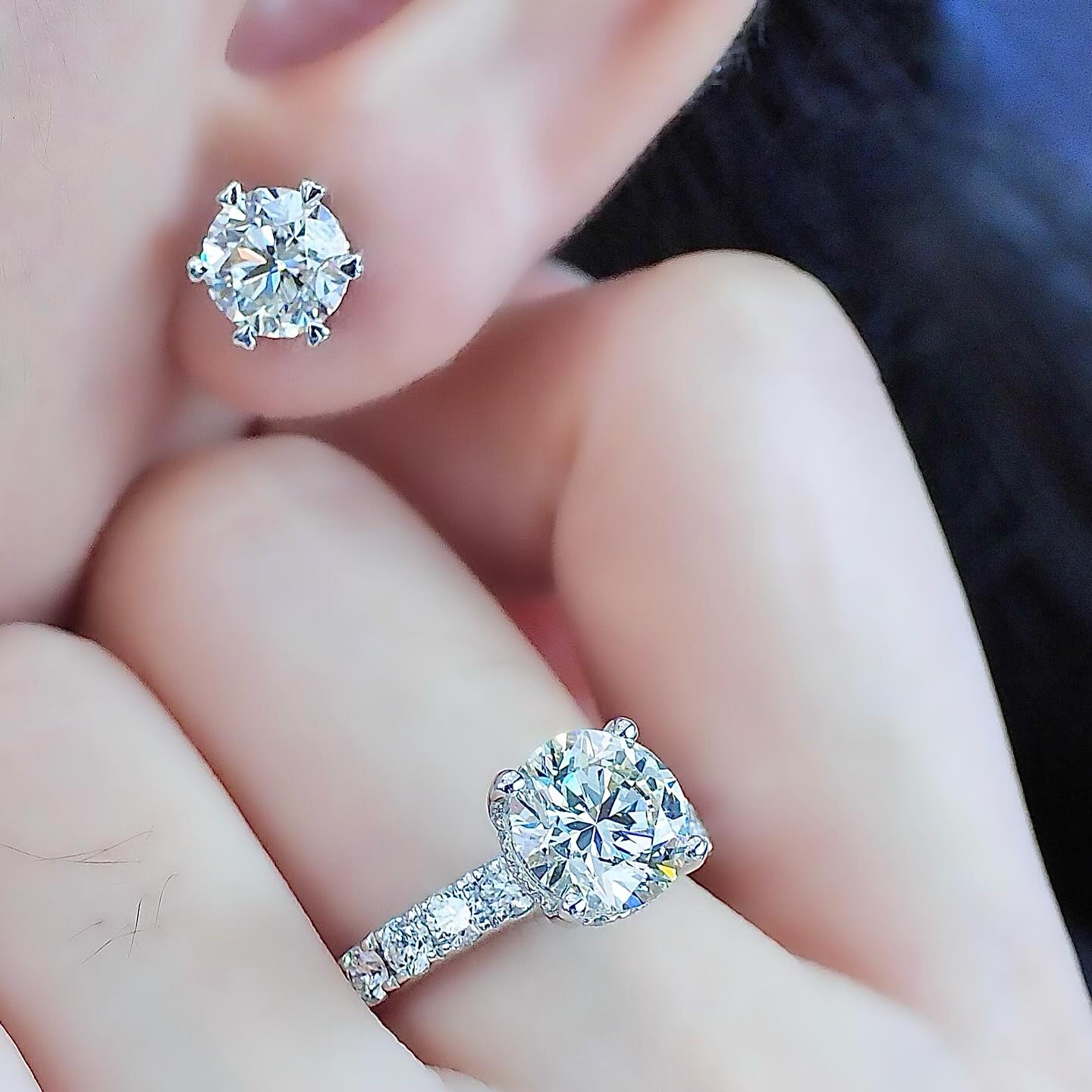Thinking of Buying a Diamond? Here’s What Beginners Should Know
If you’re planning to buy diamond jewelry—whether it’s an engagement ring, wedding ring, diamond necklace, bracelet, or earrings—but don’t have prior experience, it’s natural to feel overwhelmed. Many people worry about being misled or not getting the diamond quality they expect. Some are willing to spend big to get the best, only to end up disappointed. Often, the problem is simply a lack of knowledge. But buying a diamond doesn’t have to be difficult if you know the basics. Here’s your must-know checklist before making a purchase.

What to Look for When Buying a Diamond
1. Understand the 4Cs
The first thing every beginner should learn is the 4Cs—the global standard for evaluating diamond quality. These are Clarity, Color, Cut, and Carat. You’ll find this information in the diamond’s certificate (grading report), which helps you judge the value and authenticity of your diamond.
1.1 Clarity
Clarity refers to the internal and external imperfections (inclusions and blemishes) in a diamond. It ranges from FL (Flawless) to I3 (Included). For good value and appearance, look for diamonds graded VVS1 or VVS2, which have no visible flaws to the naked eye.
1.2 Color
Color grades range from D (colorless, the most valuable) to Z (noticeably tinted). The whiter and clearer the diamond, the better it reflects light—and the higher its price. D-color diamonds are considered “top-tier” or “pure water.”
1.3 Cut
Cut refers to how well the diamond has been shaped and faceted. A well-cut diamond reflects light beautifully. For maximum brilliance, go for Triple Excellent (3EX) diamonds, which score “Excellent” in symmetry, polish, and overall cut.
1.4 Carat
Carat measures a diamond’s weight. One carat equals 0.2 grams. You might also hear the term "points" or "tang" in Thai markets:

2. Choose a Trustworthy Jewelry Store
Beyond understanding the 4Cs, shop only from reputable dealers. A trusted store ensures you’re buying a genuine diamond. Be wary of stores offering heavy discounts—they may be selling low-quality or imitation stones. Always request a diamond certificate issued by a well-respected grading lab such as GIA (Gemological Institute of America).
3. Consider Your Budget
This is arguably the most important factor. Diamonds are expensive and considered a rare, valuable investment, similar to gold. But unlike gold, diamond pricing varies significantly—even among diamonds of the same carat weight—depending on the 4Cs.
For example, two diamonds weighing 1 carat can have vastly different prices due to clarity, color, and cut. If you’re on a limited budget, you may need to compromise on specs—but don’t go too low. Poor-grade diamonds are hard to resell or pawn and often lack visual appeal.

Diamonds vs Gold: Which Is Better?
If you're wondering whether diamonds or gold are the better investment, the answer depends on your goals:
-
Gold is more liquid—easy to buy and sell—but its price can fluctuate wildly.
-
Diamonds offer more stability and long-term appreciation, especially high-quality stones. However, they’re better for long-term investment rather than short-term gains.
To invest in diamonds, stick with high-grade stones only.